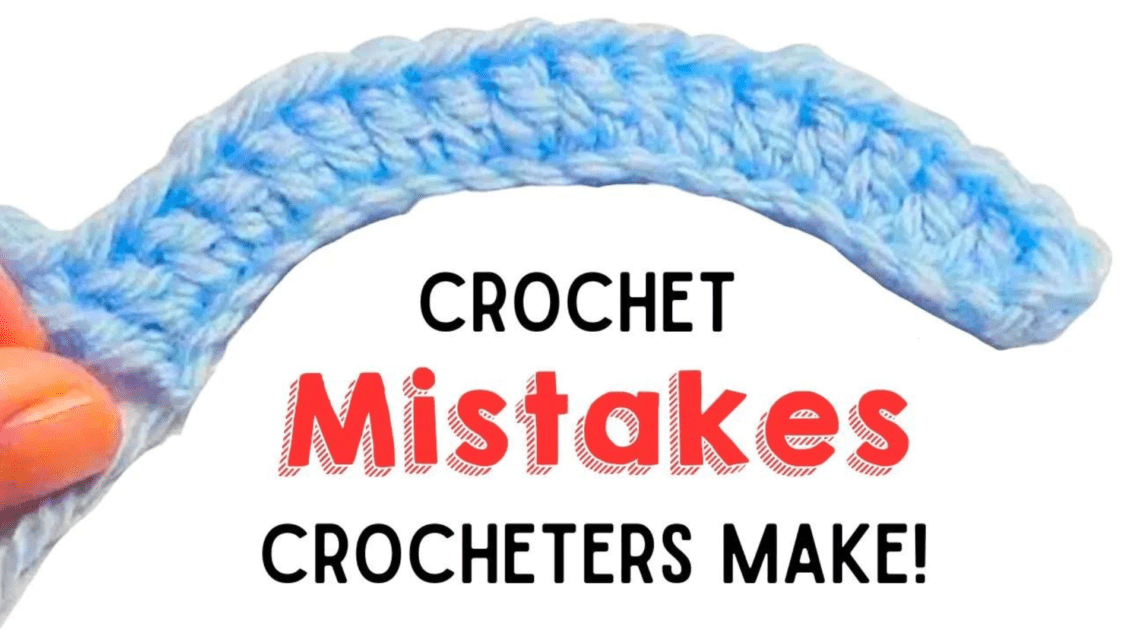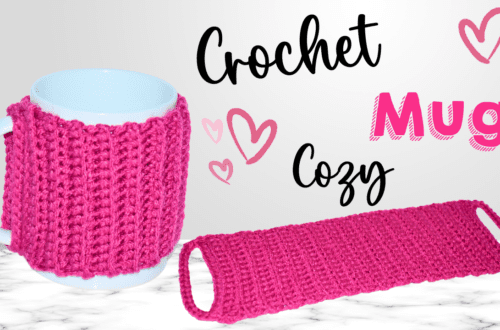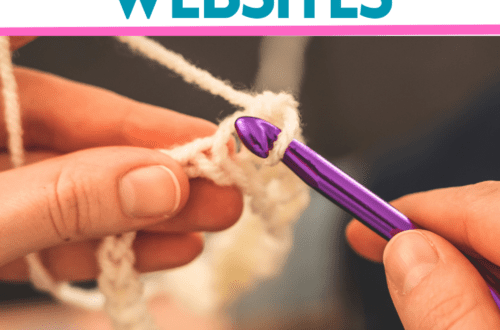
Why Does My Crochet Curve? Crochet Mistakes and Crochet Tips for Beginners
Why Does My Crochet Curve?
Crocheting is a delightful and rewarding craft that allows individuals to create beautiful, intricate pieces. However, many crocheters encounter a common problem — the unexplained curvature of their projects. This issue can manifest in various forms, such as a wavy edge, a rainbow shape, or even a square blanket that refuses to stay flat. This exploration will explore why crochet projects tend to curve and unravel the mysteries surrounding this phenomenon.
You’ll find affiliate links within this post. If you decide to purchase through these links, I may earn a modest commission at no extra cost. Additionally, please review my privacy policy for more details.

1. **Foundation Chain and First Stitch:**
One of the fundamental elements contributing to the curvature of crochet projects lies in the foundation chain and the first stitch of the first row. The initial stitches set the tone for the entire project, and beginners often make a common mistake in not ensuring the correct number of stitches in the foundation row. Using a stitch marker at the end of the row can help keep track and prevent extra stitches.
2. **Stitch Count and Tension:**
Achieving the correct stitch count is crucial for maintaining the desired shape of a crochet project. Too many or too few stitches can result in a distorted final product. Additionally, maintaining consistent tension throughout the project is essential. Uneven tension can lead to tight stitches, causing the piece to curl or develop a rainbow shape.
3. **Yarn Weight and Hook Size:**
The choice of yarn weight and crochet hook size plays a significant role in the outcome of a project. Using a larger hook with a lighter yarn or a smaller hook with a heavier yarn can cause the fabric to behave unexpectedly. It’s a good idea to refer to the yarn label for recommendations and perform a gauge swatch to ensure compatibility.
4. **Color Changes and Stitch Patterns:**
Crocheting with multiple colors or intricate stitch patterns can also impact the curvature of a project. Sudden color changes may lead to tight stitches or uneven edges, while complex patterns may alter the tension. Being mindful of these elements is crucial, especially for those attempting more advanced projects like granny squares or intricate stitch patterns.
5. **End of Rows and Turning Chains:**
The way a row ends can affect the overall shape of the project. Neglecting to execute turning chains at the end of each row properly can result in wonky edges or a noticeable curve. Ensuring a consistent turning chain and paying attention to the last stitch placement is essential for maintaining a straight edge.
6. **Large Projects and Different Yarns:**
When working on large projects, the weight of the yarn and the type of yarn used become even more critical. Different yarns have unique properties, and combining them in the same project may lead to uneven tension and unexpected curvature. It’s advisable to stick to one type of yarn or be mindful of the yarn characteristics when combining.
7. **Quick Fixes and Adjustments:**
For those experiencing a crochet project that is already curving, there are several ways to address the issue. One quick fix is to use a larger hook size for subsequent rows, allowing the fabric to relax and reduce the tightness. Adjusting the tension and adding or skipping stitches strategically can also help correct the curvature.
8. **Advanced Techniques and Stitch Variations:**
Experienced crocheters may explore advanced techniques like treble crochet or chainless foundation stitches. These variations can impact the piece’s overall structure and may be used intentionally for design elements. Understanding when and how to incorporate such techniques is crucial for achieving the desired outcome.
In conclusion, the curvature of crochet projects is a common issue both beginners and experienced crocheters face. By paying attention to the foundation chain, stitch count, yarn weight, and other essential factors, crafters can minimize the chances of their projects developing unwanted curves. Additionally, understanding how to make adjustments during the project and being aware of advanced techniques provides a holistic approach to creating flat, well-shaped crochet creations. With the proper knowledge and attention to detail, crocheters can turn their curved rows into straight, beautifully crafted pieces that showcase their skills and dedication to crochet.
To Find All My Crochet Jewel Patterns, Click Here







